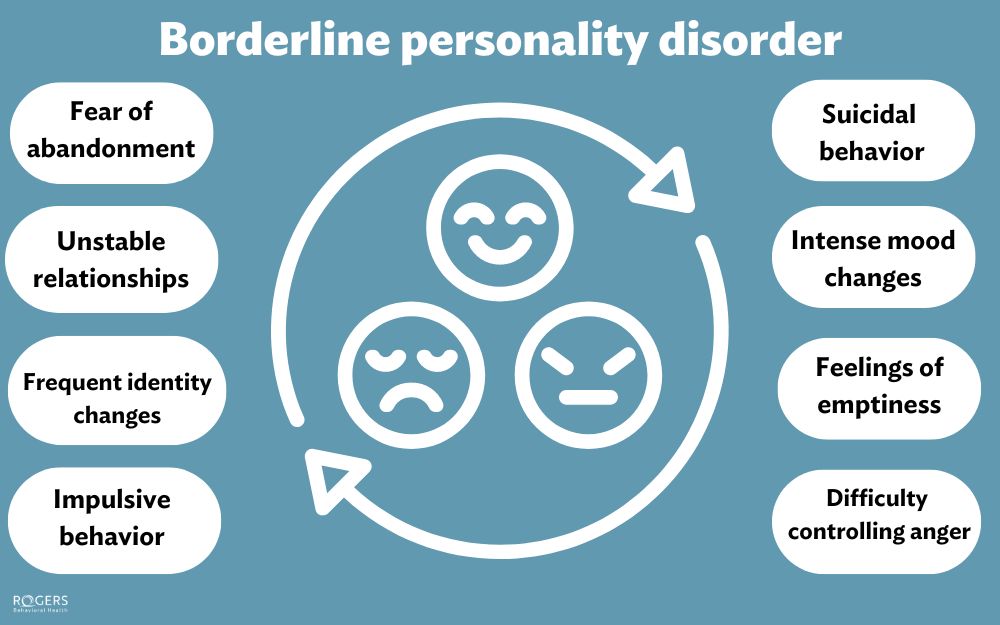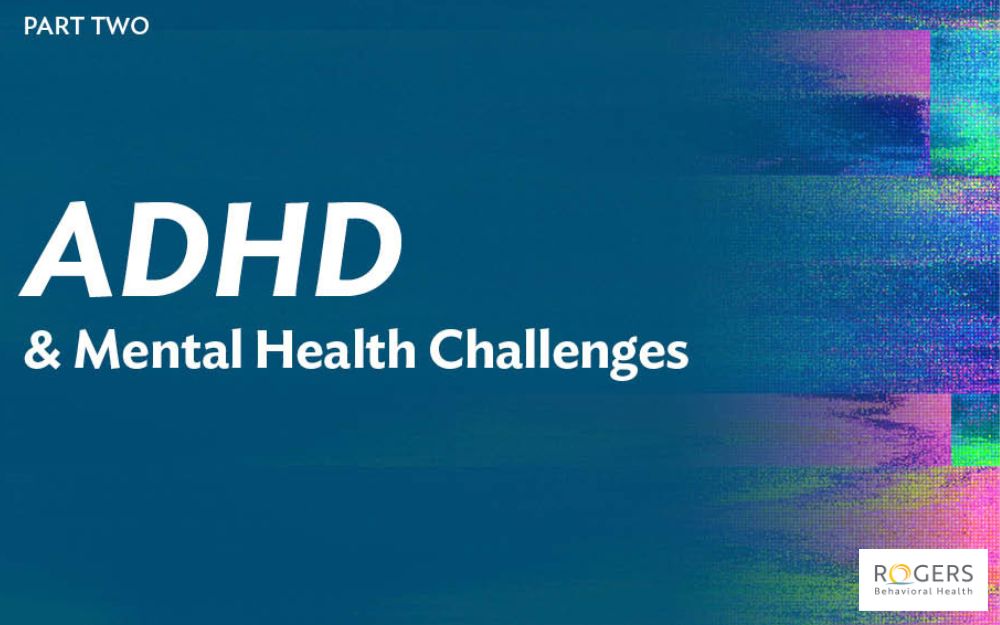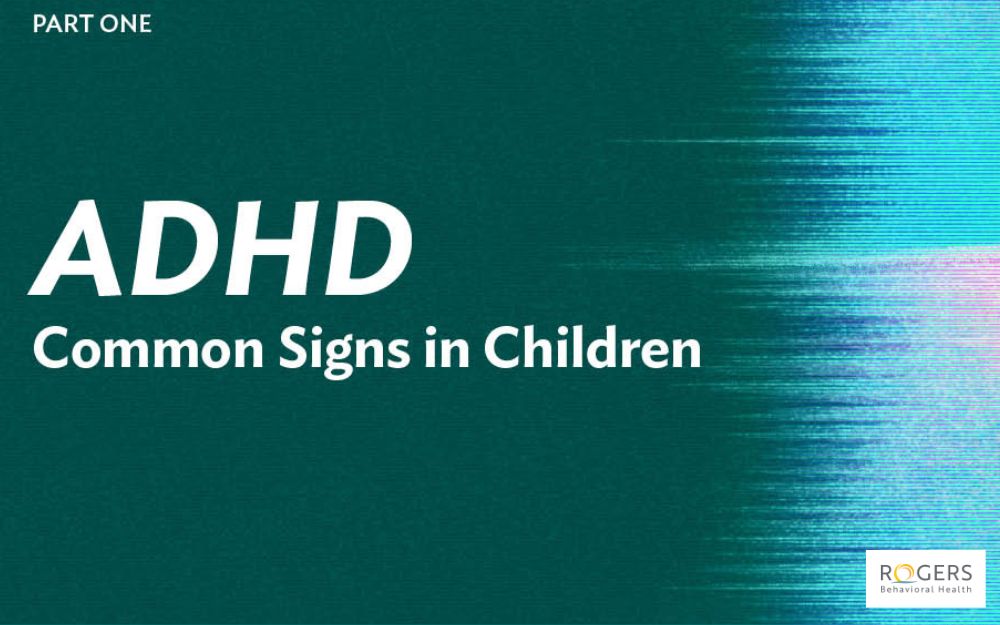Borderline personality disorder: Symptoms and treatment
Posted on 10/08/24 09:13:am
Share this article:
By Sarah R. Lee, PhD, LP, psychologist clinical supervisor, OCD and Anxiety Center Children’s Residential Care; OCD, Anxiety, and Depression Center for Adolescent Residential Care, and Peggy Scallon, MD, DFAPA, DFAACAP, psychiatrist, medical director, Focus Depression Recovery Adolescent Residential Care, senior medical director, Oconomowoc Campus
What is BPD?
People with borderline personality disorder (BPD) experience difficulty in three areas: mood, identity, and relationships. They struggle with a lot of negative emotions, and they have a hard time recovering from them. As a result, they have dramatic relationships, which they find frustrating, unrewarding, or challenging. They also feel a lot of self-loathing and are chronically frustrated and discouraged, and oftentimes, they withdraw.
BPD is very treatable, and if we intervene when kids are younger, we can help them feel better and change the trajectory of their relationships.
BPD causes
Like all things in psychiatry, BPD appears to be a combination of one’s genetics and environment. Some people may have experienced a history of abuse or trauma. For others, it could be that their underlying temperament is quite anxious, and they're very reactive or tightly wound. The feedback they get from the world is, “What’s the big deal?” or “Why are you always like that? You’re so annoying and difficult to be around.” That causes people to feel invalidated and they find relationships to be hurtful. Sometimes, we just don’t know the reasons why someone has been diagnosed with BPD.
Anywhere from 1 to 3% of the general population, including teenagers, has BPD. In the treatment setting, we see it more commonly in outpatient care, and especially inpatient or crisis settings.
BPD symptoms
Signs of BPD can look different for each person, but common symptoms include:
- Fear of abandonment
- Unstable relationships, which may alternate between very close and very disengaged
- Frequent changes in identity
- Impulsive behavior, like spending, substance use, or reckless driving
- Suicidal behavior or repeated self-harm
- Frequent, intense changes in mood
- Feelings of emptiness
- Intense, difficult-to-control anger
Therapy for BPD
Oftentimes, kids with borderline personality disorder start to withdraw. They don’t want to go to school anymore. They shut down and their world shrinks. They resort to social media and scrolling on their phones, which can really just increase some of the difficulties they have including being overly focused on comparing themselves to other people and not feeling happy or excited about doing fun things. This can make the depression worse.
In treatment, we start with behavioral interventions and focus on routine, enjoyable, and valued activities. Routine activities include taking a shower, brushing teeth, changing clothes, and doing homework. We also have kids do things they enjoy, like playing sports, playing games with peers, or crafting. Valued activities include doing things that are important to teens, like volunteering, researching college or job opportunities, or engaging in religious or cultural traditions. With the behavioral interventions, we see kids starting to feel better, which feeds back into that full loop of how they feel about themselves, what they bring to relationships, and their overall mood.
Supporting someone with BPD
Even if their reactions seem too big, understand that they are very real for your loved one. Try not to take their behaviors personally. Praise them for positive behavior, like attending therapy or practicing positive coping skills. Avoid being judgmental or coercing someone to attend treatment.
Also, validate by saying things like, “You seem really upset, “It looks like you're having a hard time,” or “I can see where you’re coming from.” Or even something simple, like, “I hear you.” Practice reflecting back what the other person's experience is and letting that person know that their feelings are valid. We know that those kinds of reflective validating responses help people feel so much better. Their heart rate comes down, their stress hormones decrease, they feel more connected in the relationship, and they feel like they can trust. Building that bridge can help a person who is struggling start to focus on some of the changes they need to make.
BPD is often misunderstood, but the prognosis is good. There are effective treatments, and it’s important to help people find the right treatment for them.
BPD treatment at Rogers
Rogers offers compassionate care for mental health challenges in children, adolescents, and adults, including inpatient and residential treatment in Wisconsin and PHP and IOP treatment across the country. Call 800-767-4411.
Watch Briden’s story of how she found understanding and hope for BPD at Rogers.



